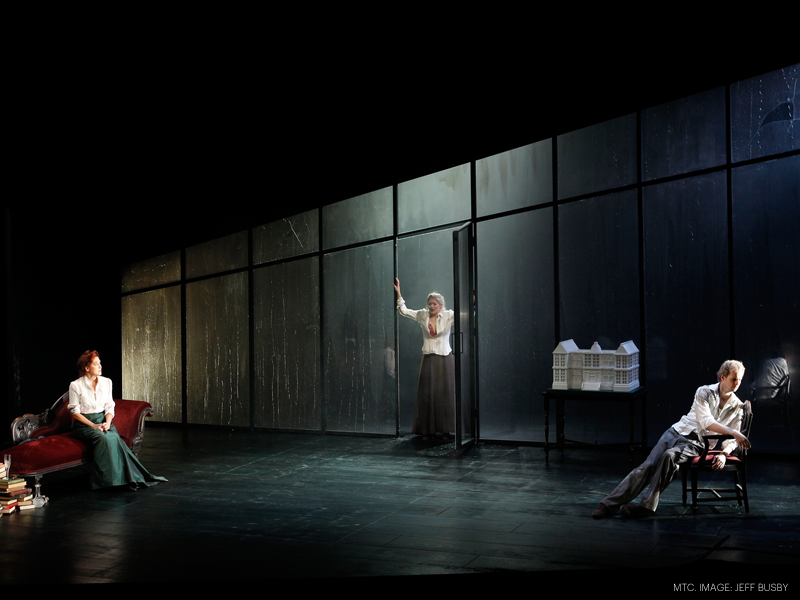Though many of his plays are domestic dramas – A Doll’s House is set entirely inside one house, for example – many of them are strikingly aware of nature and bring it on stage, whether literally or metaphorically.
Ghosts, for instance, asks for a huge picture window showing the scene outside: endless rain and a gloomy view of the fjord.
Avalanches occur in three of Ibsen’s plays, and in Peer Gynt the lovely Solveig pursues Peer on skis, an entrance as memorable as that of the vibrant Hilde Wangel hiking onto the stage in her mountain-walking costume and walking stick in The Master Builder.
The mermaid-like Ellida in The Lady from the Sea enters dripping wet from swimming in the fjord.
Water, snow, mountains, the elements: nature is everywhere, and deeply influences Ibsen’s characters. He was a pioneer in using drama to explore and stage how environment works on character.
From Four myths about Ibsen, edited by Ellopos Blog.




